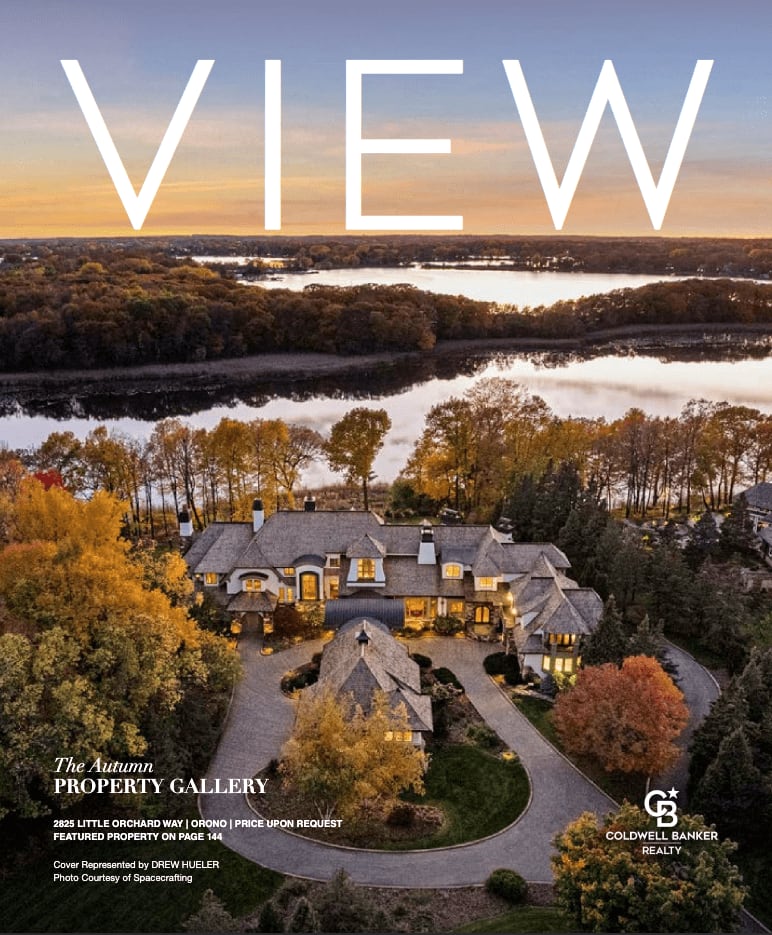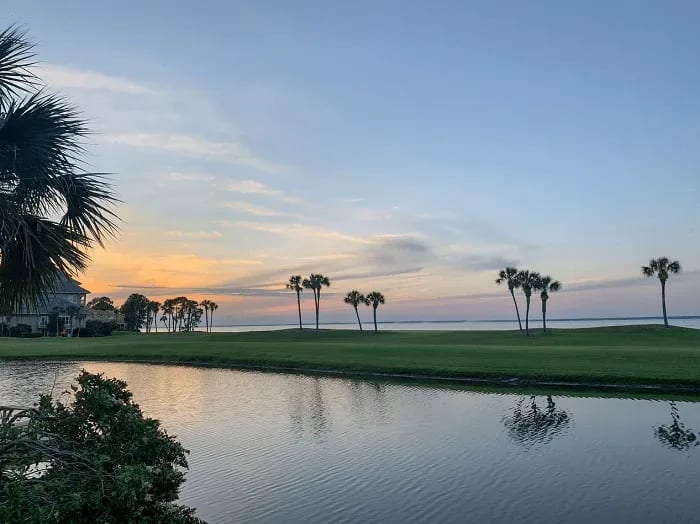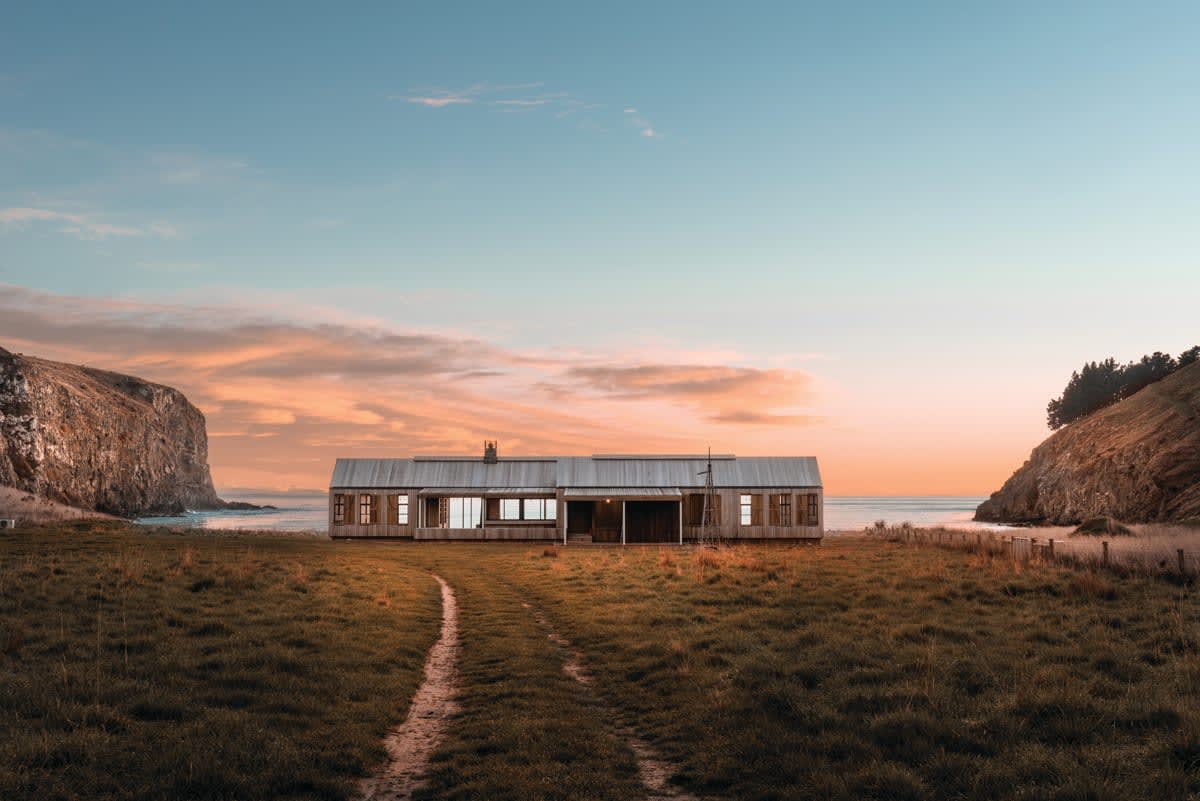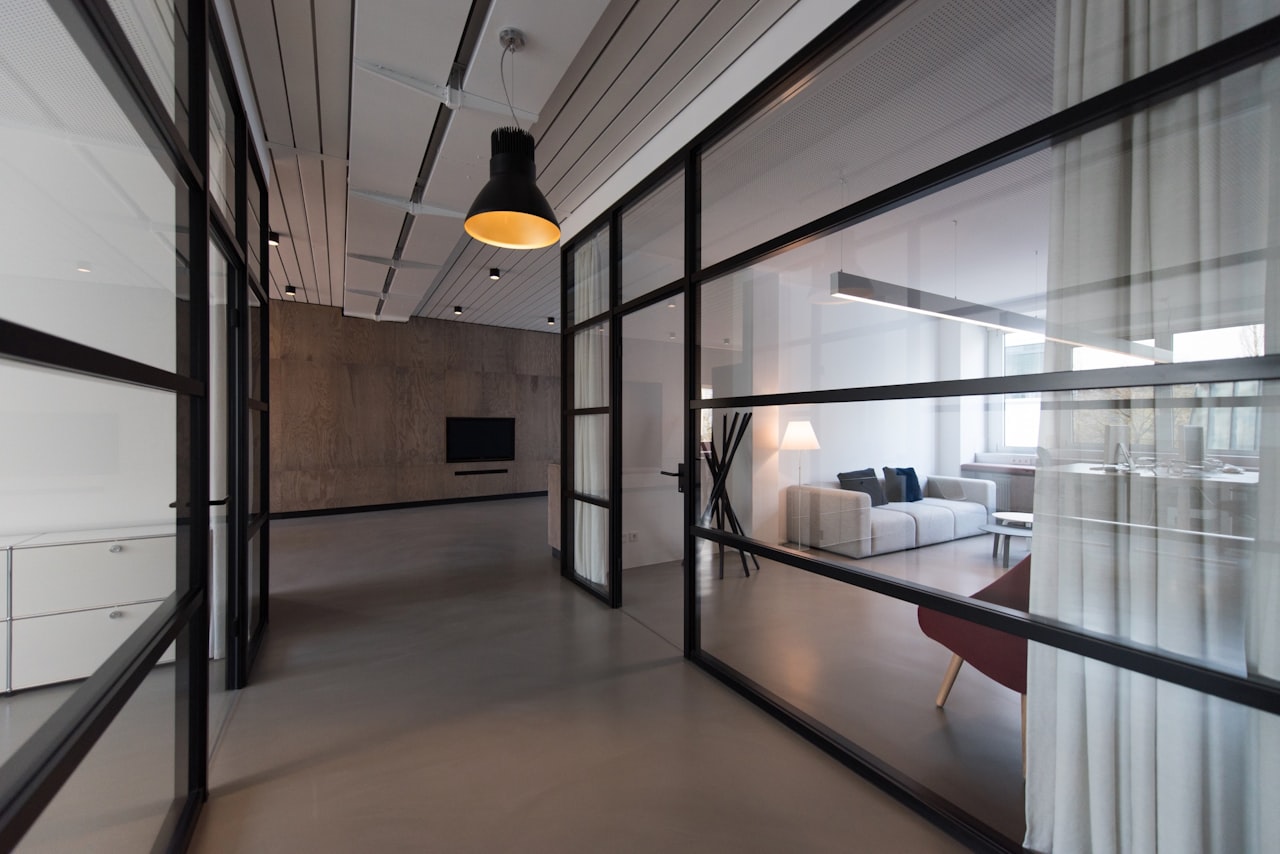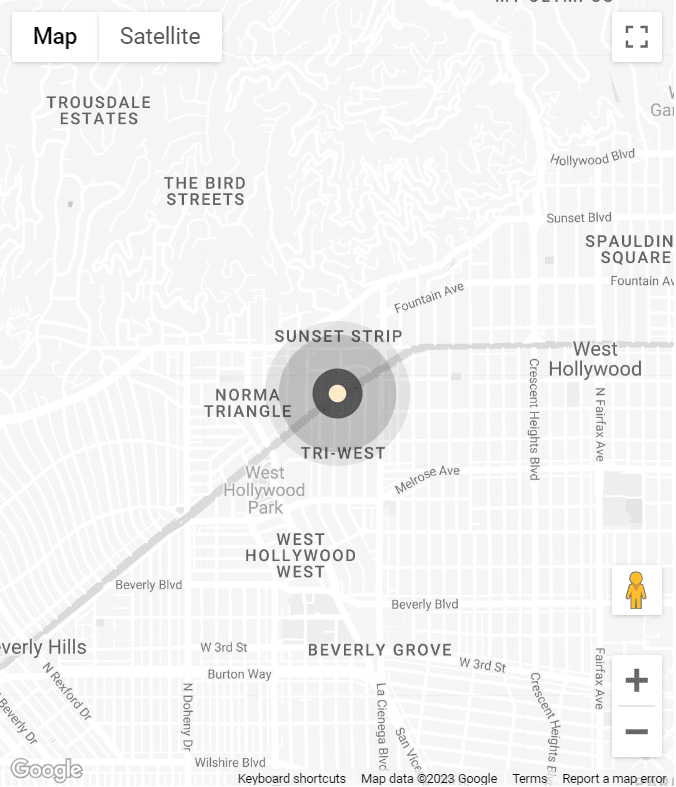“New single-family homes are getting bigger,” said the National Association of REALTORS. “Larger homes in the U.S. are making a comeback,” declared Mansion Global. “Are McMansions back?” Inman.com mused.
These headlines defined 2020 and 2021 at the height of the pandemic – and not just anecdotally. Prices for single-family homes with over 3,500 square feet in over 100 markets shot up 27.4% by the end of 2021.
With the housing market shifting this year, is the big dream house still in high demand? Or are smaller homes making a comeback?
The Trend Report 2022 published by the Coldwell Banker Global Luxury® program offers a fresh perspective on the subject. Michael Altneu, Vice President of Global Luxury, and Liz Gehringer, President of Affiliate Business of Coldwell Banker Real Estate LLC, recently got together to discuss it in more depth.
Here’s a snapshot of their conversation:
Michael Altneu One of the more intriguing trend points to come out of The Trend Report was that larger homes are not selling as fast as smaller homes this year. According to an analysis of 20 U.S. markets done by the Institute for Luxury Home Marketing, single-family homes with smaller footprints (2,500 to 3,500 square feet) were selling 18.6% faster than larger single-family homes (4,500 to 5,000 square feet) between April and August 2022. What’s your take on this development?
Liz Gehringer When I read that statistic, I thought it was very interesting. Maybe even a little unexpected, especially after what we experienced in 2020 and 2021 with the frenzied demand for larger luxury single-family properties and what we know about modern affluent consumers. I think it’s important to put data like this into context, and not get too far ahead of ourselves. It’s not that affluent consumers don’t want larger homes. It’s that circumstances have changed since the pandemic first started. People may be dealing with tighter house budgets due to higher prices and interest rates. A lack of inventory of larger properties is also still a problem in many desirable locations across the U.S., so buyers are opting to get their foot in the door in an area they want at a smaller footprint and lower price point. In The Trend Report, we also theorize that many affluent buyers may have already purchased their primary residences, and are now turning their sights toward investment or secondary residences, which tend to be lesser-priced and smaller.
Michael Altneu How much do you think lifestyle has come into play with the increase in sales of smaller homes? Are we seeing the opposite effect now that the pandemic is less of a factor for people?
Liz Gehringer Absolutely, this is a factor too. Some people may not need (or want) to work from home anymore, and having two home offices may be less of a necessity. Faced with the prospect of longer commute times, they may also be looking for homes closer to the city, which tend to be smaller. Schools are open again, so kids don’t need extra space for at-home learning and play. The big yard with the pool may have been a must-have during the pandemic, but now it doesn’t get much use and it takes maintenance. The lifestyle patterns that were driving homebuying decisions during the pandemic are simply playing less of a role today than they were two years ago.
Michael Altneu Is there anything else you think is essential for real estate agents to know about when it comes to the smaller footprints trend?
Liz Gehringer I think it’s critical for agents to know what is selling at any given moment in the real estate market and know where opportunities are in this buying environment. They need to know and understand their clients’ changing desires, and also proactively anticipate their desires and needs. Maybe your client is not in the market for a big primary home at the moment – but they could be in the market for a smaller, lesser-priced home in another city, state, or even country, as an example.
But again, it’s important to not take the data too literally. We need to view the recent rise in sales of smaller homes through the lens of several competing forces in this current market – low inventory, high prices, rising interest rates, and a change in lifestyle needs – as opposed to making a major prediction about a general shift in home size desirability. We believe larger properties are still desired by affluent homebuyers, but it often comes down to a want vs. need vs. can have. Since they tend to be more insulated from economic shifts than the general population, they can simply wait out the market until they find their big dream home or purchase a smaller property that allows them to have the lifestyle in the location they want. Or maybe they want to continue to build their wealth portfolio and generate passive income with a smaller investment property. Even the wealthiest consumers aren’t immune to the foils of low inventory. They can’t buy what’s not available.
Michael Altneu Any final words of wisdom you’d like to leave with agents?
Liz Gehringer Keep your eyes and minds open. Be willing to look beyond the data and past the sensational media headlines. Not everything is as it seems. The agents who will rise to the top in this dynamic, quick-moving real estate landscape must understand the unique market nuances at play, and be able to clearly explain their market’s facts to clients. This is your chance to show your value and shine as the knowledgeable real estate expert that you are.












